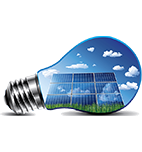Shop
Showing all 6 results
-
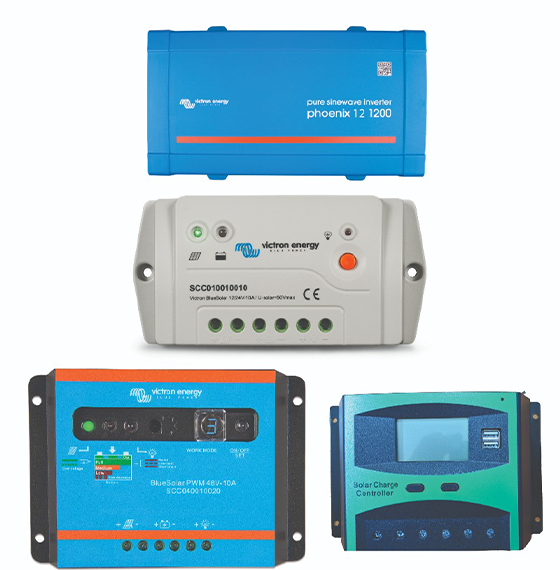
Charge Controllers
UGX0.00
<span class="l_ecrd_txt_pln">A charge controller, charge regulator or battery regulator limits the rate at which electric current is added to or drawn from electric batteries to protect against electrical overload, overcharging,</span>
-
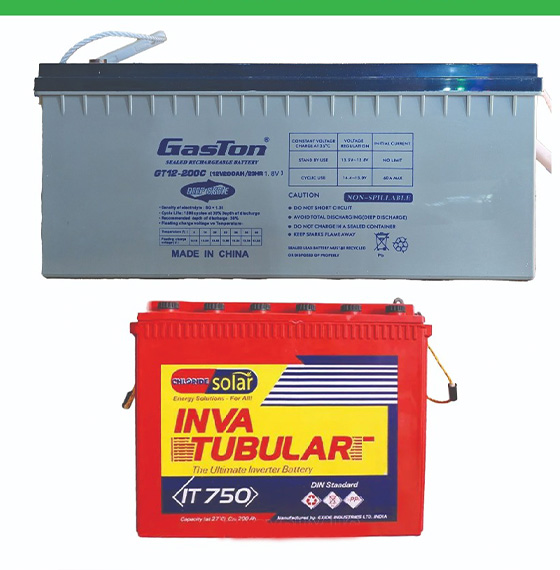
Solar Batteries
UGX0.00
Batteries are classified according to<strong> the type of manufacturing technology</strong> as well as the electrolytes used. The types of<strong> solar batteries</strong> most used in photovoltaic installations are lead-acid batteries due to the price ratio for available energy. Its efficiency is 85-95%, while Ni-Cad is 65%.
-
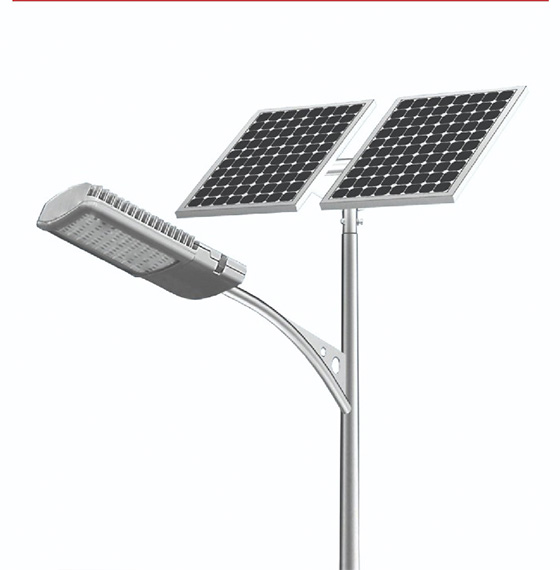
Solar Flood Lights
UGX0.00
A solar powered flood light is<strong> a wide beam light that is powered by a solar panel and batteries.</strong> The light doesn’t need to be connected to another power source if it is self sufficient. They are available in a wide range of sizes, features and prices. How Many Lumens Are Needed?
-
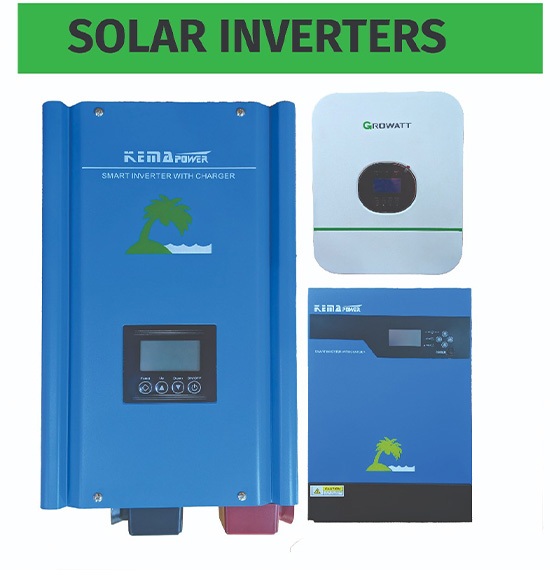
Solar Inverters
UGX0.00
A solar inverter or photovoltaic (PV) inverter is<strong> a type of power inverter which converts the variable direct current (DC) output of a photovoltaic solar panel into a utility frequency alternating current (AC) that can be fed into a commercial electrical grid or used by a local, off-grid electrical network.</strong>
-
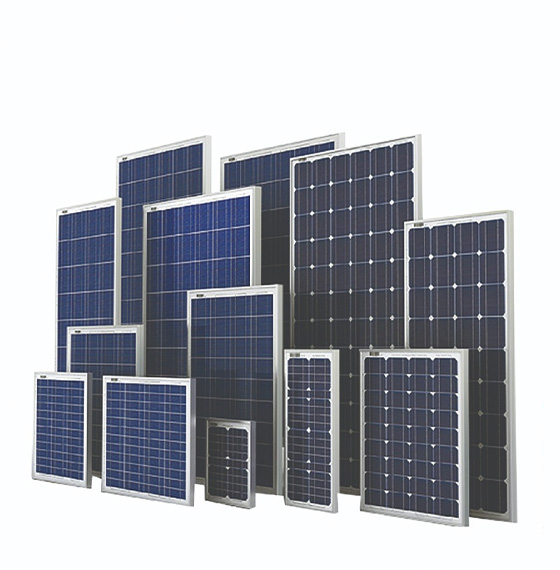
Solar Panels
UGX0.00
A solar panel is a device that converts sunlight into electricity by using photovoltaic (PV) cells. PV cells are made of materials that generate electrons when exposed to light. The electrons flow through a circuit and produce direct current (DC) electricity, which can be used to power various devices or be stored in batteries. Solar panels are also known as solar cell panels, solar electric
-
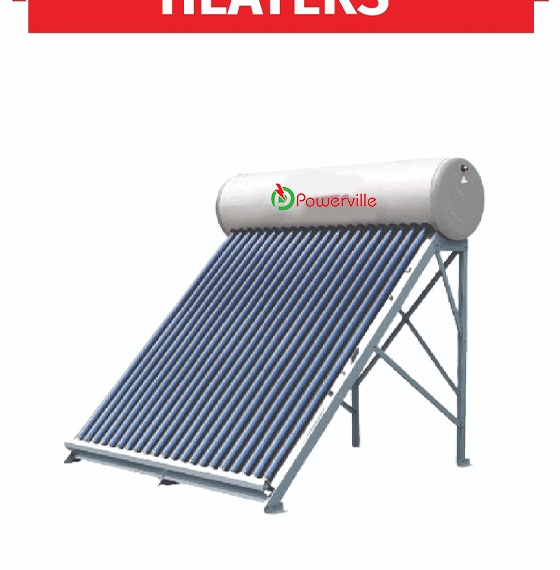
Solar Water Heater
UGX0.00
Solar water heating (SWH) is heating water by sunlight, using a solar thermal collector. A variety of configurations are available at varying cost to provide solutions in different climates and latitudes. SWHs are widely used for residential and some industrial applications



